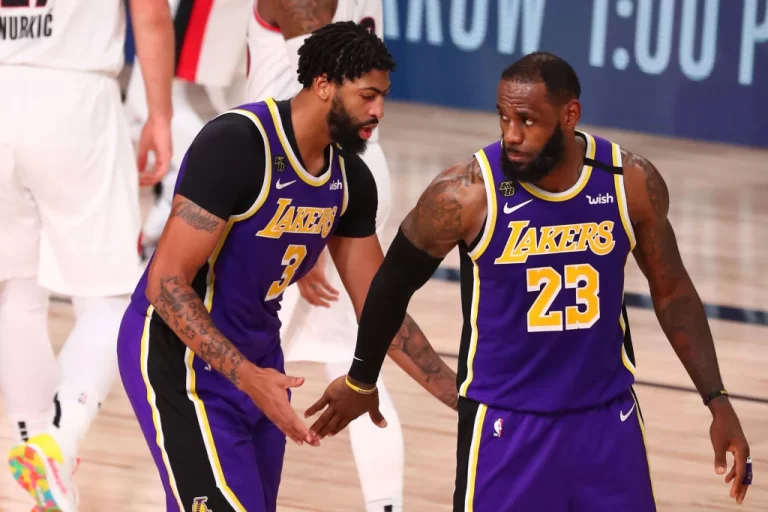Social media platforms have revolutionized how we keep informed about current events, interact with people, and exchange knowledge. They play a role in shaping our communication in today’s society. Recognizing these changes is crucial for maneuvering through the media world and maximizing social media networks’ benefits.
The Democratization of Communication
The way we talk to each other today has been shaped by the media. It’s simpler for people to make and share their content now. Back in the day news mainly came from newspapers, TV, and radio. But now platforms such as Twitter, Facebook, and Instagram allow anyone with an internet connection to voice their thoughts and connect with others worldwide. This shift gives people and communities the power to have conversations express their views and showcase different perspectives without relying on traditional news sources.
The Rise of Real-Time Interaction
Social media platforms offer a way for people to express their opinions and connect with others instantly. Users can share their thoughts on posts join discussions and interact with content in real time. This swift flow of information not only spreads news but also sparks engaging conversations. Staying connected, during events and significant news moments is vital as it keeps individuals informed and involved through timely updates and active participation.
The Influence of Social Algorithms
Social media sites use algorithms to personalize content for users based on their preferences and interactions. These algorithms influence what appears in users’ feeds shaping the information that people see and engage with. While this personalization improves the experience by showing relevant content it can also lead to echo chambers where individuals mostly encounter opinions that match their existing beliefs. This effect has the power to reinforce group thinking and restrict exposure, to different viewpoints, affecting the depth of public conversations. The influence of influencers and smaller-scale influencers is noteworthy.
Media growth has introduced a group of communicators called influencers and micro-influencers. They have become well-known on platforms such as Instagram, TikTok, and YouTube by using their impact to sway opinions and set trends. Influencers tap into their image and the connections they’ve built with their followers to endorse products express thoughts and spark conversations. This change has revolutionized conventional marketing and public relations approaches as companies and entities increasingly partner, with influencers to connect with their audiences in a genuine and relatable way.
The Impact on Traditional Media
The growing impact of media is transforming the way traditional news outlets function. News organizations and broadcasters are leveraging these platforms to enrich their narratives engage with audiences and boost traffic to their websites. Social media plays a role in disseminating news interacting with viewers and enhancing brand recognition. Nevertheless, this transition presents challenges like adjusting to evolving algorithms handling audience involvement and addressing concerns regarding misinformation and misleading news content.
The Emergence of New Communication Norms
The way we talk on social media has brought about new rules and traditions that shape how we interact with others online. Emojis, hashtags, and memes let us express our feelings in ways beyond just using words. Moreover, private messages and group chats offer spaces for conversations while public posts and stories encourage engagement. It’s crucial to recognize these evolving communication norms today as they influence how our messages are perceived and understood. The Role of Media in Social Movements Social media platforms have become powerful tools for driving social change and activism. They serve as channels to organize events raise awareness and gather support for various causes. Movements like #MeToo, Black Lives Matter, and climate activism have harnessed the influence of media to spread their messages reach audiences, and bring about significant societal changes. The capacity to share information and coordinate actions highlights the profound impact that media has on shaping modern social movements and advocacy initiatives.
Conclusion
Social media has changed the way we connect. These platforms make it easier to create content that draws inspiration from traditional media while offering new ways to express ourselves. They have also changed how we communicate and share information. In this ever-changing environment, it’s important to recognize the role of media in shaping our relationships, building connections, and sparking discussions. By embracing these changes while being aware of their impact, we can leverage the potential of media platforms to improve communication and drive positive outcomes.
This press release has also been published on VRITIMES



